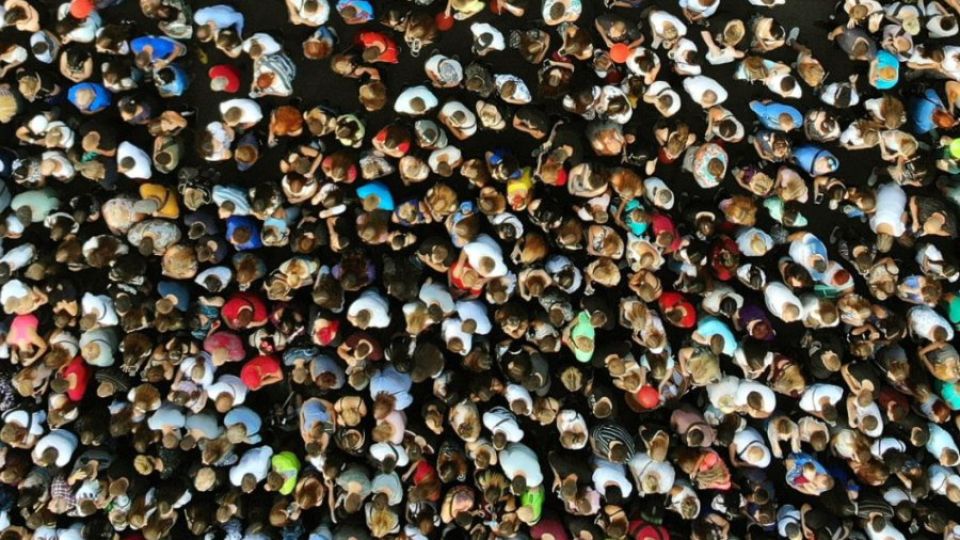May 5, 2023
TOKYO – India’s population is expected to soon surpass that of China to become the world’s largest. As a major democratic power, it is hoped that India will deepen its economic ties with Japan and other countries and contribute to the stability of the international order.
The U.N. Population Fund estimates that India’s population will reach 1.4286 billion by the middle of this year, about 2.9 million more than that of China. In contrast to China, whose population has begun to decrease due to a declining birth rate, India’s population is expected to continue growing for nearly half a century.
India’s gross domestic product overtook that of its former sovereign Britain to become the world’s fifth-largest economy around 2021. On the strength of its abundant working population, India is expected to overtake Germany and Japan to become the world’s third-largest economy by 2030.
However, India’s per capita GDP is currently still only about one-fifth that of China. School enrollment and literacy rates are also low, and there is a large disparity between the rich and the poor.
It remains to be seen whether India can attract foreign capital with a high-quality labor force and huge market, as China has, and bring about high growth. The adverse effects of bureaucratism have been pointed out in India. Establishing legislation for investment and improving the business environment will also be challenges for the future.
Perhaps due partly to these barriers, Japanese companies have been slow to make inroads into India. It is important for Japan to communicate these problems to the Indian side, and deepen economic exchanges to the benefit of both Japan and India.
Indian Prime Minister Narendra Modi, who took office in 2014, has called for building a “strong India” in terms of economy, diplomacy and military. When the first domestically built aircraft carrier was commissioned in September last year, he touted the commissioning of the aircraft carrier as proving India’s technology and potential.
India’s military spending is already the world’s third-largest after the United States and China. Future movements in India’s foreign and security policy will influence the international order.
India has joined the Quad, a framework for security cooperation among the four countries of Japan, the United States and Australia in pursuit of a free and open Indo-Pacific. What India has in mind is how to deter China, with which it has been at odds.
At the same time, India has maintained amicable relations with Russia in the purchase of weapons and the procurement of energy. It has not joined sanctions against Russia applied by the United States, Europe and Japan, and has refrained from directly blaming Moscow for the invasion of Ukraine.
India prides itself on its non-aligned policy of distancing itself from major powers, but such a policy lacks persuasiveness if it turns a blind eye to aggression that tramples on the international order. India needs to demonstrate to the international community that it is behaving in a manner befitting the world’s largest democracy.
In its domestic politics, it has been pointed out that India’s democracy is regressing due to the regime’s suppression of opposition parties and the media. Restrictions on freedom and human rights will only impede the country’s development.
(From The Yomiuri Shimbun, May 4, 2023)

